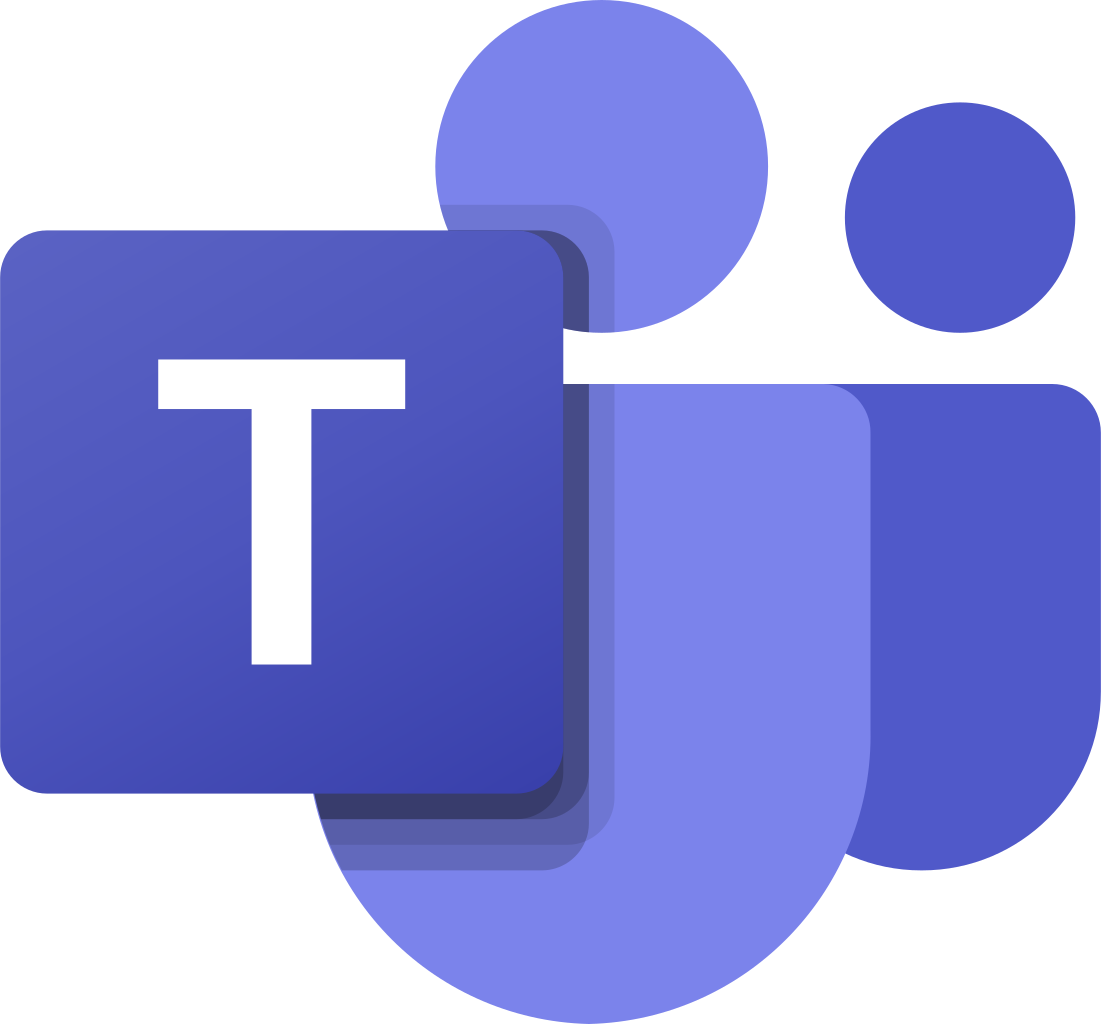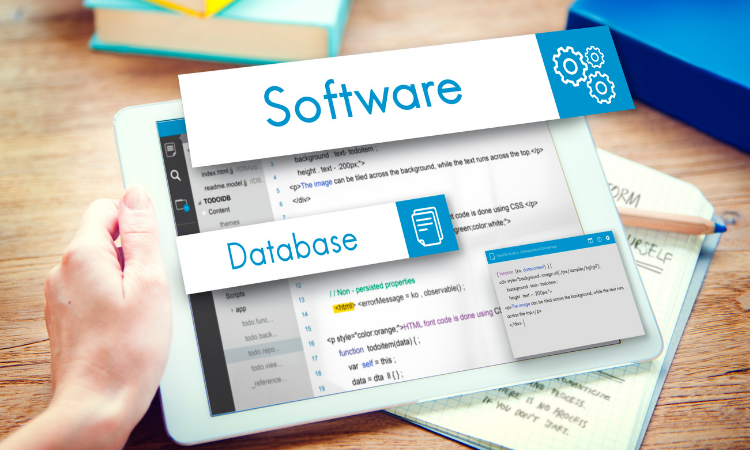Did you know that your unhappy customers can cost you billions? According to Forbes, 30% of disloyal consumers say they share bad word-of-mouth for business on social media or post a negative review online. And this is like burning a bridge for other new customers as well. But the question is - if you are good at everything like product quality, pricing, and features, then what triggers disloyalty among your customers?
According to Gartner, the level of effort your customers put in with you or your customer support team to interact with your brand directly impacts their loyalty. That’s why 96% of customers become disloyal with the companies or businesses where they’ve put extra effort in solving their queries while interacting with the company.
If your customers are also becoming disloyal to your brand, you should gauge the ease of the experience. How? Here, the Customer Effort Score comes into play.
Measure & Improve Customer Effort👩💻
With CES Survey insights, design low-effort experiences for your customers and improve loyalty.

What is a Customer Effort Score?
Customer Effort Score (CES) is a customer service metric that measures the levels of effort your customers have to put into a certain interaction with you to achieve their goals. You can gauge CES by asking a simple question "How easy was it to interact with us?” Customers can rank their experience on a seven-point scale ranging from "Very Difficult" to "Very Easy".
Learn more about CES @ Customer Effort Score Guide.
How to Calculate & Evaluate Customer Effort Score?
You can calculate the overall CES by finding the average of all your customers' scores, or you can also use the Customer Effort Score Formula:
Customer Effort Score = Sum of all Customer Effort Scores ÷ Total number of respondents.
For Example: Say, if you get 12 responses: 3, 7, 5, 3, 7, 7, 6, 5, 7,7, 7, 7.
So, your customer effort score = Addition of all customer effort scores ÷ Total number of respondents.
CES = (3+7+5+3+7+7+6+5+7+7+7+7) ÷ (12)
(71) ÷ (12)
Customer Effort Score = 5.9
How to analyze CES data?
Various aspects of the CES data provide you with in-depth insights that can help you reduce your customers' efforts and improve their experience. Always choose the right CES tool incorporated with the feedback reporting & analysis. It provides an in-depth analysis report of all responses and helps you swiftly resolve issues and improve customer experience swiftly.
What is a good Customer Effort Score?
Customers rate their effort experience on a scale ranging from 1 to 7. Scale 1-3 segment (Strongly Disagree to Somewhat Disagree) will be associated with negative results, whereas the 5-7 segment (Somewhat Agree to Strongly Agree) represents positive results. The ideal CES Score is over 5/50.
How do you choose the right Customer Effort Score (CES) question?
The right Customer Effort Score question has always been a concern for CES metric users. In 2010, the CES question “How much effort did you personally have to put forth into handling your request?” was used to measure the customers’ efforts. But CEB, now Gartner, noted some flaws:
-
Participants/Respondents didn’t correctly interpret both the question and the answer.
-
The word ‘effort’ does not translate well into other languages.
Thus, the limitations in the CES original version have emphasized the significance of choosing the right word choice in the question and led to the inception of CES 2.0. This version of CES was released in 2013, where you can survey customers with the simple question To what extent do you agree with the following statement: The company made it easy for me to handle my issue. It has introduced the 7 level answer scale to make it easier to analyze customers’ efforts.
When to use Customer Effort Score?
You can effectively employ Customer Effort Score (CES) at any customer journey stage. There are various customer touchpoints where you can trigger the CES Survey:
-
Measure the overall experience with the business - CES can be used among customer success and product teams to gauge their approach to interacting with customers and their attitude to solve their issues. Subsequently, it helps you identify and resolve the real bottlenecks in the customer experience itself.
-
Measure post-interaction experience with customer service - Always send a CES Survey to the customers immediately after customer services like post-call, email support ticket has been resolved.
-
Measure post-interaction experience with a product - Send the CES survey once your customer signs up for a free trial or finishes the onboarding period. CES Surveys will help you to identify the hindrances in your onboarding process. It further helps you to work on those pitfalls and take actions to improve customer experience.
Why do you need a Customer Effort Score?
The Customer Effort Score Survey helps you gauge the level of effort your customers put into achieving their goals. The CES survey responses enable you to identify the weak areas and improve your customer services to deliver higher-quality interactions. Apart from improving fidelity towards the brand, here are some noticeable Customer Effort Score Statistics that can help you to realize very well that why you need a Customer Effort Score for your business:
-
Ensure Effortless Experience - 88% of the customer going through an effortless experience are likely to spend more.
-
Improves Repurchase Rate - 94% of customers who experienced low-effort service interaction are intended to repurchase.
-
Reduces Cost - CES has phenomenally declined 40% repeat calls, 50% escalations, and 54% channel switching. It has lowered the effort experiences and reduced costs by 37%.
So, the Customer Effort Score offers valuable insights into your customer experience and helps you increase customer loyalty without spending extra services and support expenses.

 MS Teams
MS Teams













